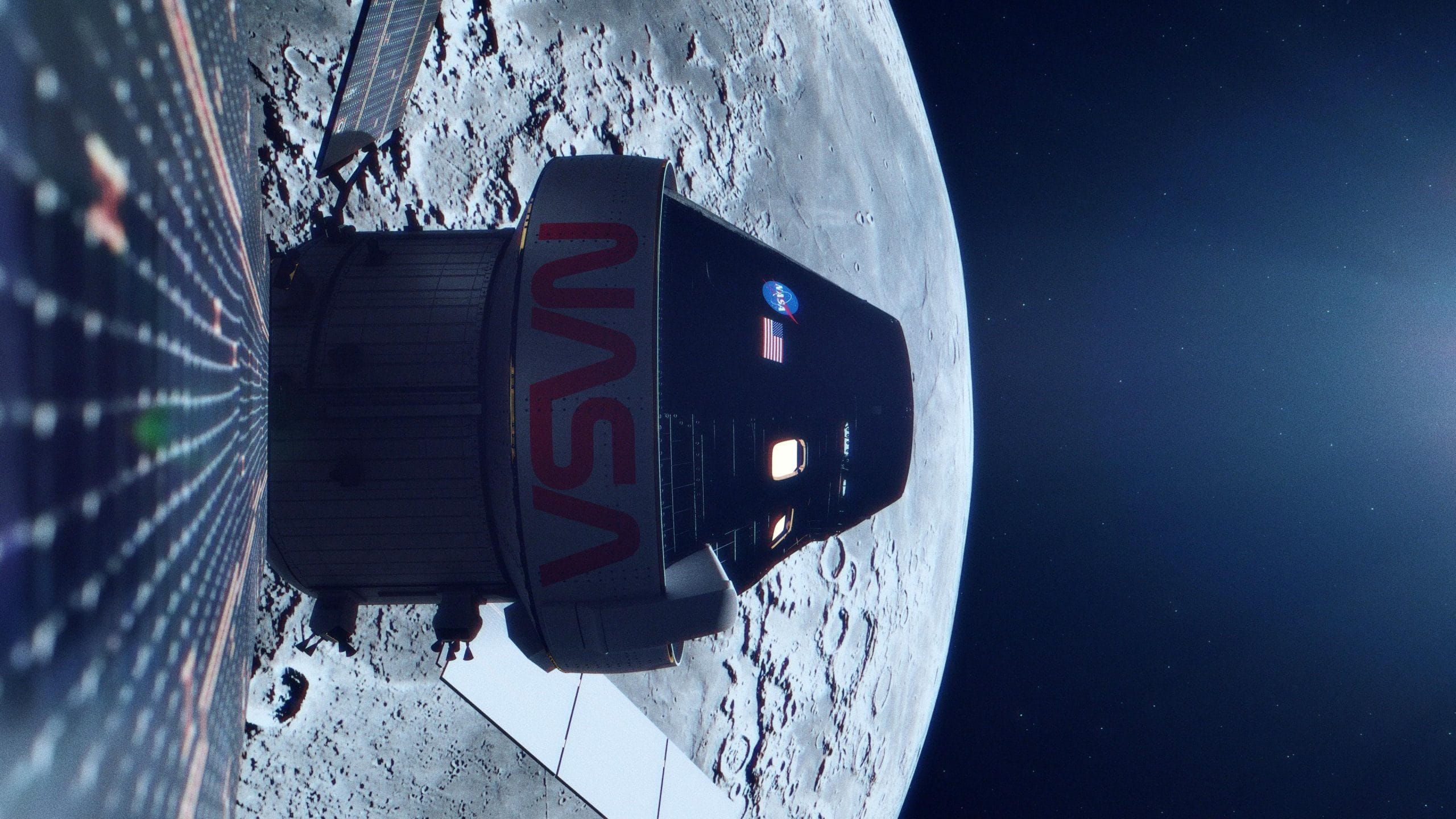NASA has officially announced a delay in its Artemis II mission, which is now scheduled for late 2024. This mission is particularly significant as it marks the first crewed flight to the Moon since the Apollo program concluded in the early 1970s. Initially set for May 2024, the postponement comes after a series of technical challenges and issues encountered during testing. NASA Administrator Bill Nelson stated, “We are committed to ensuring that our astronauts have a safe and successful flight. The complexities of space travel require thorough preparation and testing, and we will not rush this process.”
The Artemis II mission will carry four astronauts aboard the Orion spacecraft, which will orbit the Moon before returning to Earth. This mission is a critical step toward NASA’s long-term goal of establishing a sustainable presence on the Moon and eventually sending humans to Mars.
The Artemis program has faced numerous hurdles since its inception, including budget constraints and delays in the development of the Space Launch System (SLS) rocket, which is set to carry Orion into space. The SLS has experienced multiple delays and cost overruns, prompting scrutiny from Congress and the public.
Despite these challenges, NASA remains optimistic about the future of lunar exploration. The agency is currently conducting uncrewed test flights, including the successful Artemis I mission, which demonstrated the capabilities of the SLS and Orion spacecraft.
As the new launch date approaches, NASA plans to ramp up its testing and training efforts to ensure that the Artemis II mission is ready for liftoff. The agency is also working closely with international partners and private companies to enhance its lunar exploration capabilities.
The delay has sparked discussions about the implications for future lunar missions and the broader goals of human space exploration. Experts argue that a successful Artemis II mission is essential for building public support and securing funding for subsequent missions, including Artemis III, which aims to land astronauts on the Moon’s South Pole by 2025.
In conclusion, while the delay of the Artemis II mission is disappointing for many, NASA’s commitment to safety and thoroughness remains paramount. As the agency navigates these challenges, the dream of returning humans to the Moon is still very much alive, with the potential to pave the way for future exploration of Mars and beyond.

